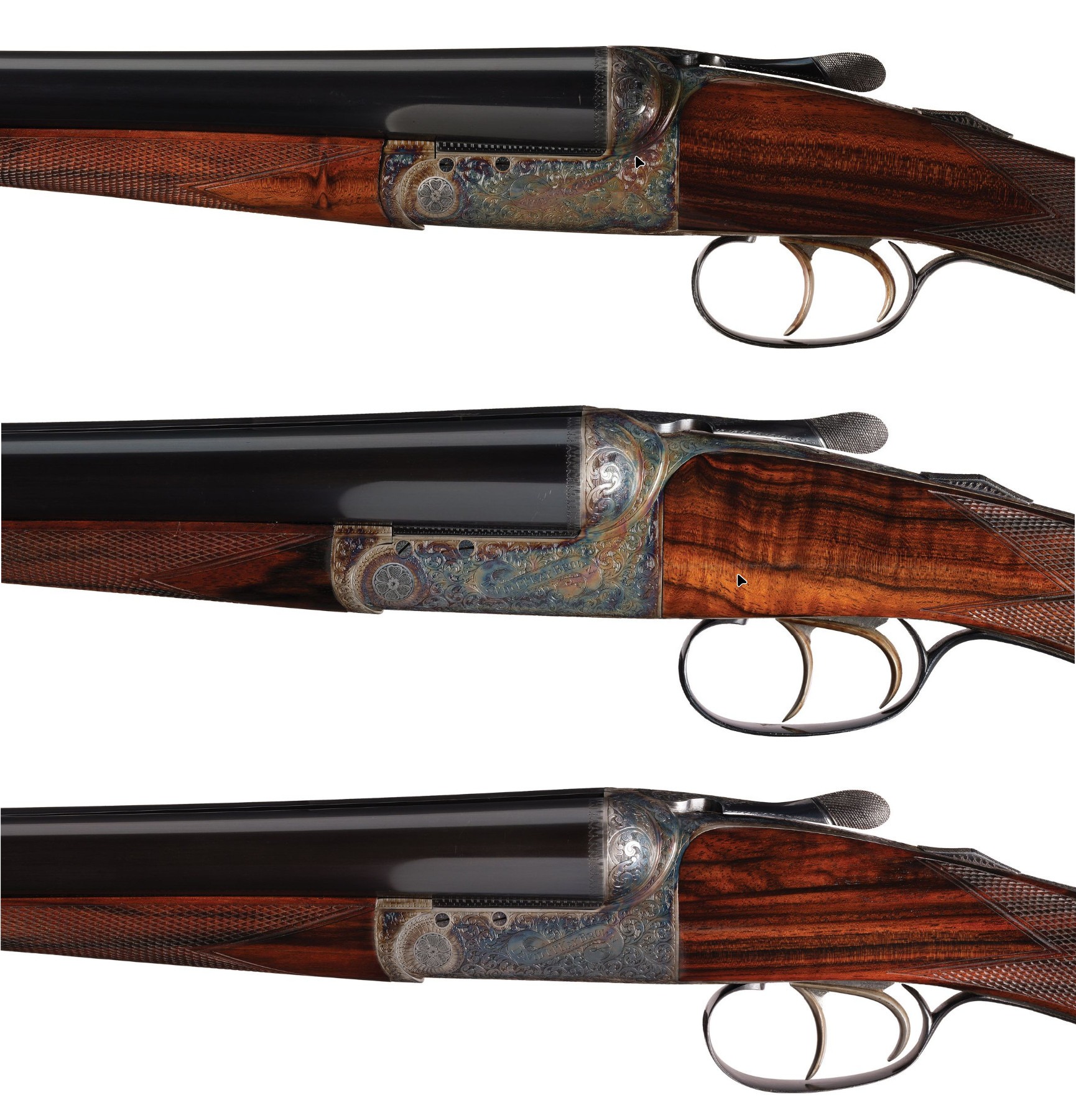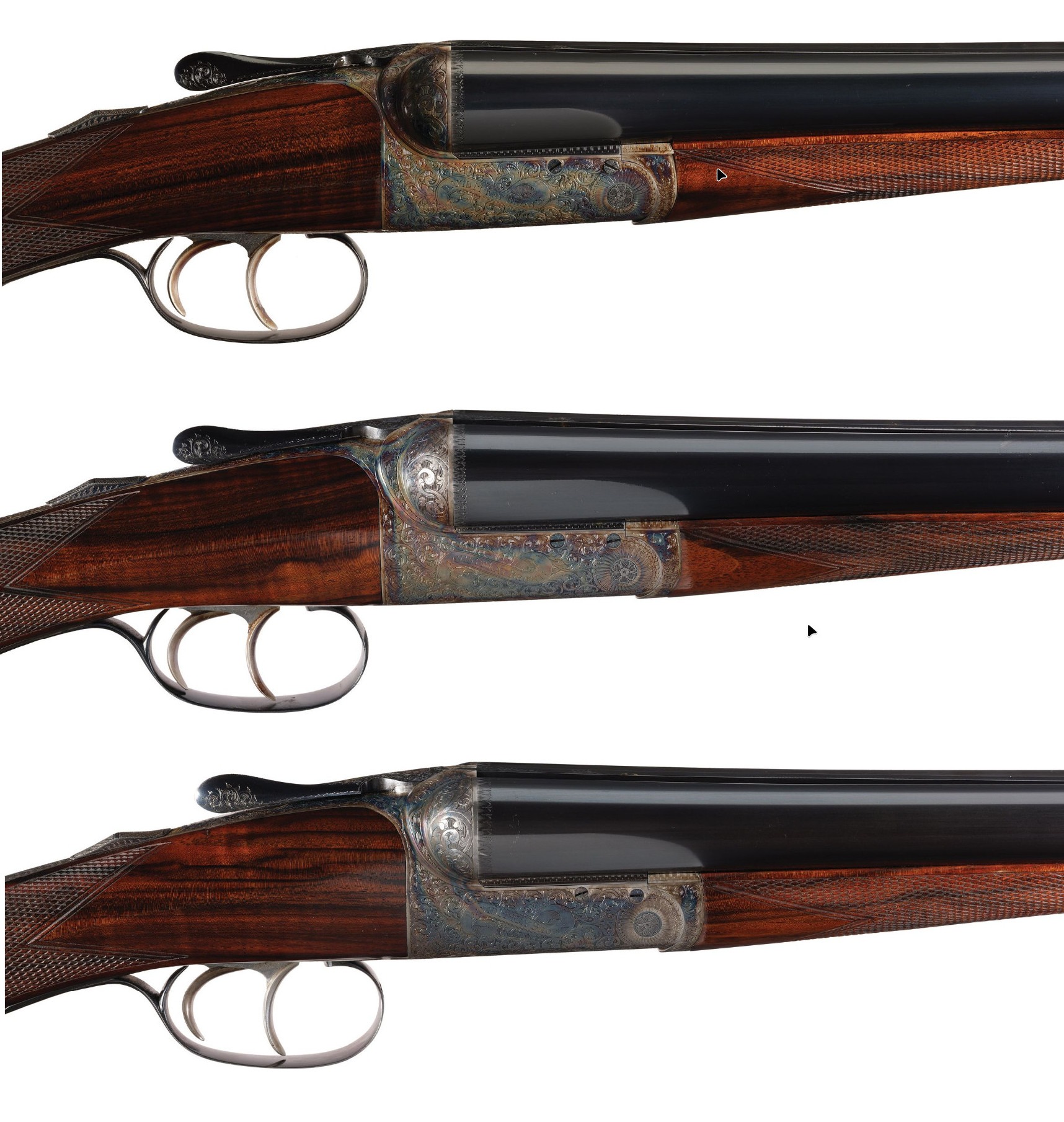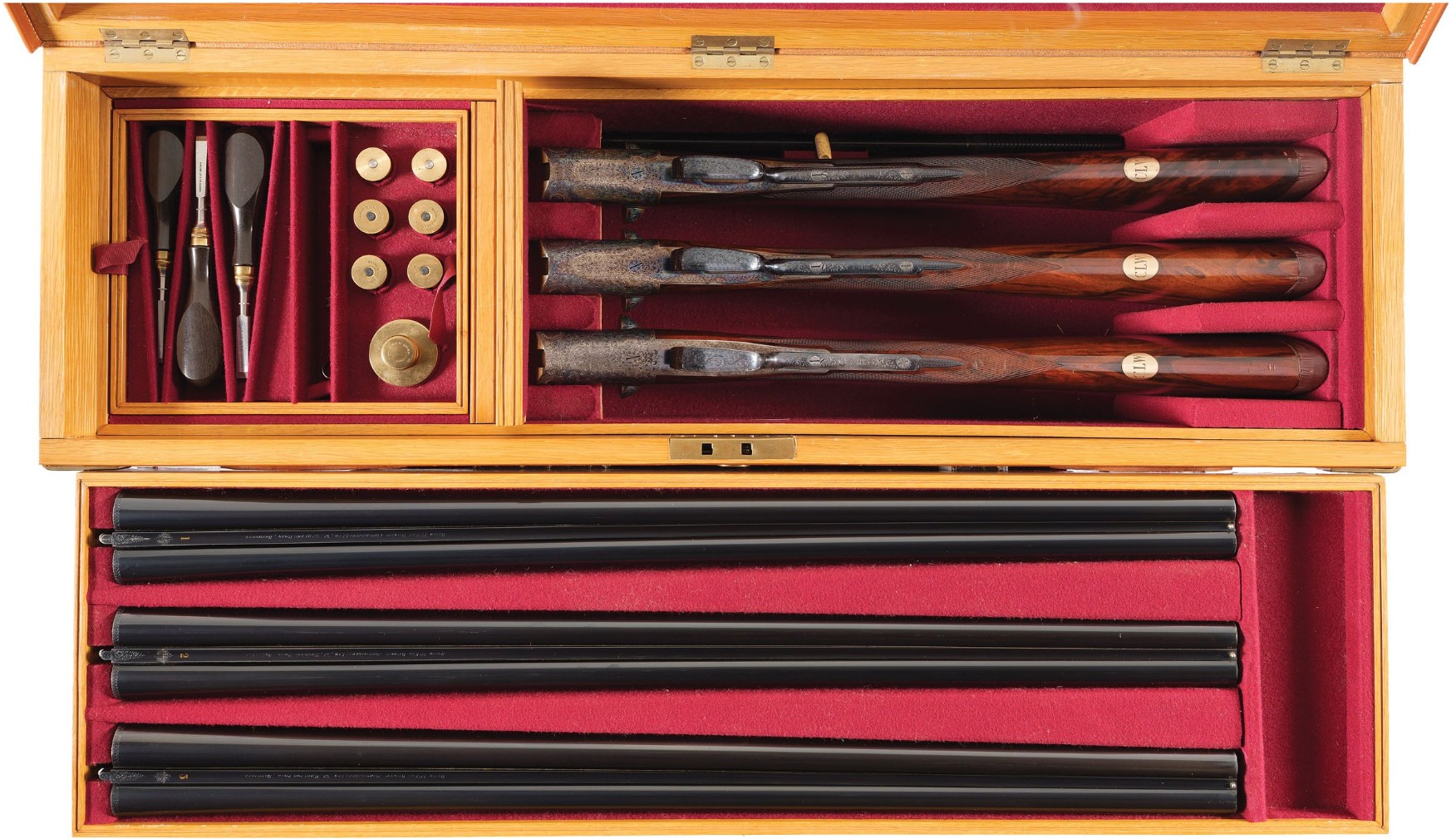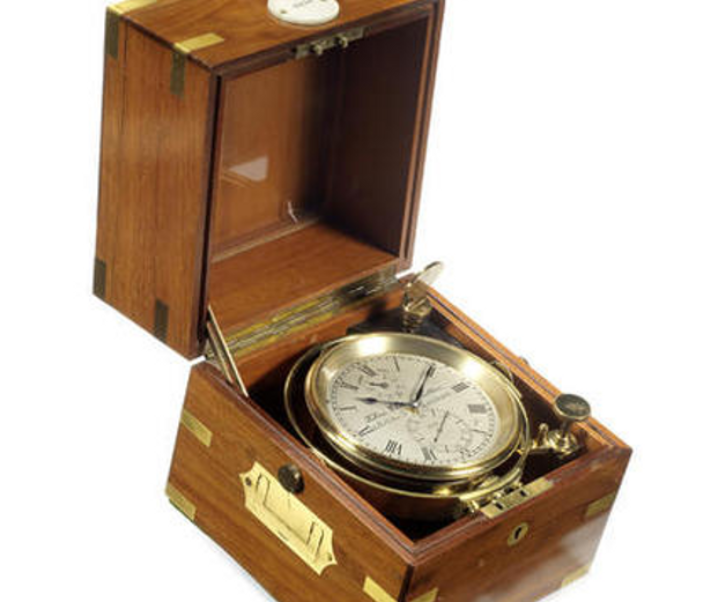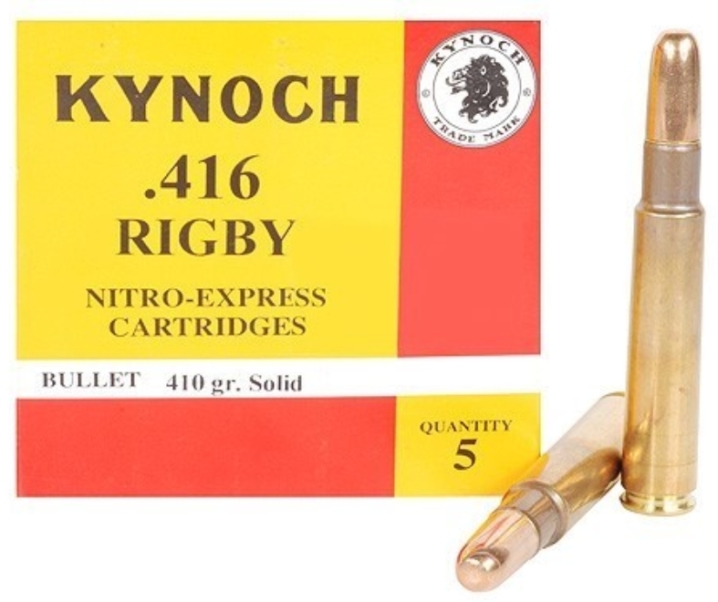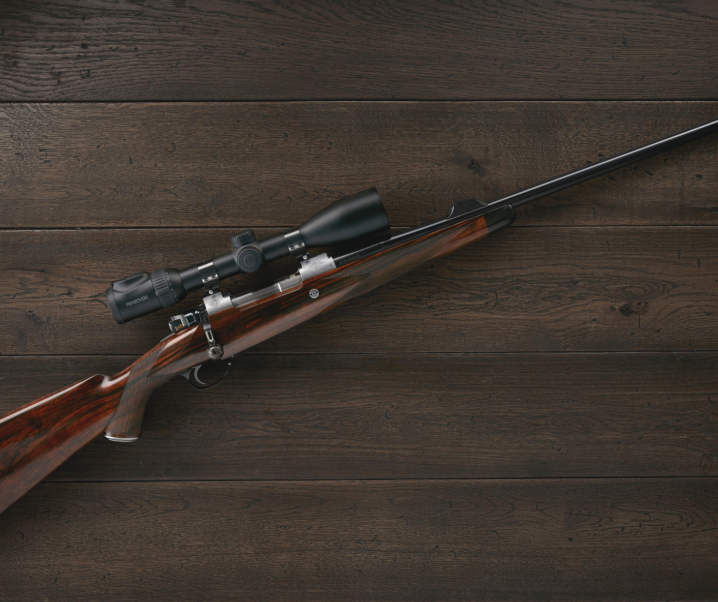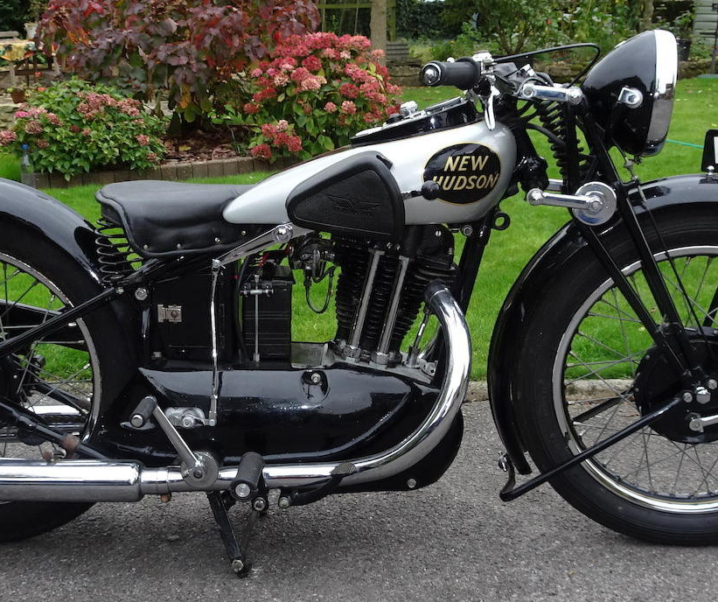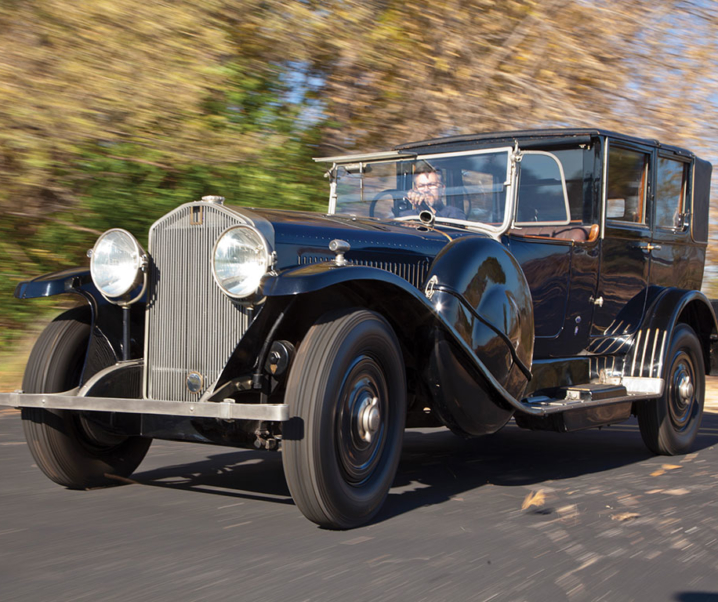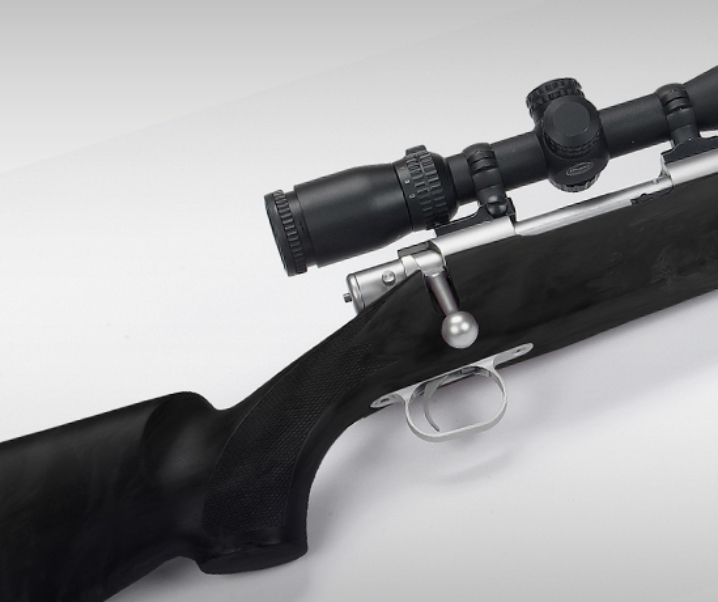The Round Action trigger-plate side-by-side shotgun became a signature type for the prestigious sporting gunmakers of Scotland, typically based in Edinburgh.
Production of these guns all but ceased during the 1950’s but during the 1960’s a gunmaker named David McKay Brown determined to bring them back into production, and he succeeded in that quest in 1974 with the making of his first Round Action trigger-plate gun.
Fast Facts
- The Round Action trigger-plate side-by-side gun became a signature style of the most highly respected Scottish gunmakers including James MacNaughton, and John Dickson and Son.
- By the 1950’s and 1960’s production of these guns waned and few were made. But a gunmaker named David McKay Brown determined to resurrect this design and he began making these guns under his own name.
- David McKay Brown was also able to innovate the Round Action trigger-plate action to create guns in the over/under style, becoming one of the most respected and well known of the modern Scottish gunmakers.
- A three gun set of David McKay Round Action trigger-plate side-by-side guns is coming up for sale by Rock Island Auction on 25 August, 2024.
Background Potted History: The Dickson Round Action
The story of the Dickson Round Action gun had the germ of its beginnings way back in 1806 when a young twelve year old lad named John Dickson was made an apprentice to a man who was arguably Edinburgh’s most notable gunmaker: a man named James Wallace.
Young John Dickson proved to be conscientious and he applied himself to learning all he could regarding the creation of what the British call “best guns”, i.e. guns for the affluent and the aristocracy, guns of uncompromising quality, expressions not only of engineering, nor just of art, but guns that become an extension of the shooter for whom they are made.
John Dickson was ambitious to use his investment of time and energy to prosper and so in 1820 he took the great gamble and branched out on his own with the aim of establishing his own gun-making house.
This was to be a two-stage process. First Dickson established himself as an independent maker of parts for the gun-trade. Then, once his independent reputation was established and he had sufficient funds behind him, he opened his own gun-shop in Princes Street, Edinburgh, right in the center of shops that sold their wares to the affluent upper classes who expected goods of the highest quality, most fashionable design, and who expected to pay large sums of money to obtain things that were a cut above everybody else’s, things that were statements of the owner’s status and exquisite good taste.
In order to rise above the plethora of other makers of “best guns” John Dickson and Sons needed to compete not only in the area of excellence of manufacture of these bespoke guns and rifles, but they needed to also excel in the most challenging of aspects of the gunmaking business – that of producing their own unique design, which they would of course patent.
Imagining a new and unique way of designing a double barrel sporting gun was no easy task. The two main types of action, the boxlock and the sidelock, were very much the standards. What benefit was John Dickson hoping to achieve in the new design he desired to create?

Both the boxlock and sidelock designs imposed the need to have a rather flat side profile for the action. What Dickson wanted to achieve was the reduction of the bulk of the action to make his guns as sleek and slim as possible. A boxlock contains its working parts in the center of the action, and a sidelock fits the hammers and sears in side-plates, but was there another way of mounting the working parts of the action to reduce its bulk?
A man who had been apprenticed to John Dickson whose name was James MacNaughton began making guns based on ideas he had learned from a German gunsmith named Julius Coster. Coster’s design placed the action parts on the trigger-plate, right in the center of the action. This enabled the action body to be slimmed down and rounded. MacNaughton called his gun the “Edinburgh”.
Dickson created his own gun, based on this idea, and called it his “Round Action”. It enabled the action to be made so streamlined and light that Dickson was even able to experiment with three barrel guns with three triggers that still swung and pointed like a double.
He was also able to make a unique over/under side-opening gun.
But the bread and butter guns were slim, graceful side-by-side doubles he called “Round Action” and these became a signature Dickson gun, even a signature Scottish sporting gun.
John Dickson Senior lived to the age of 86 and passed away in 1880. His son, also named John Dickson continued the family business until 1923 when he sold the company and retired.
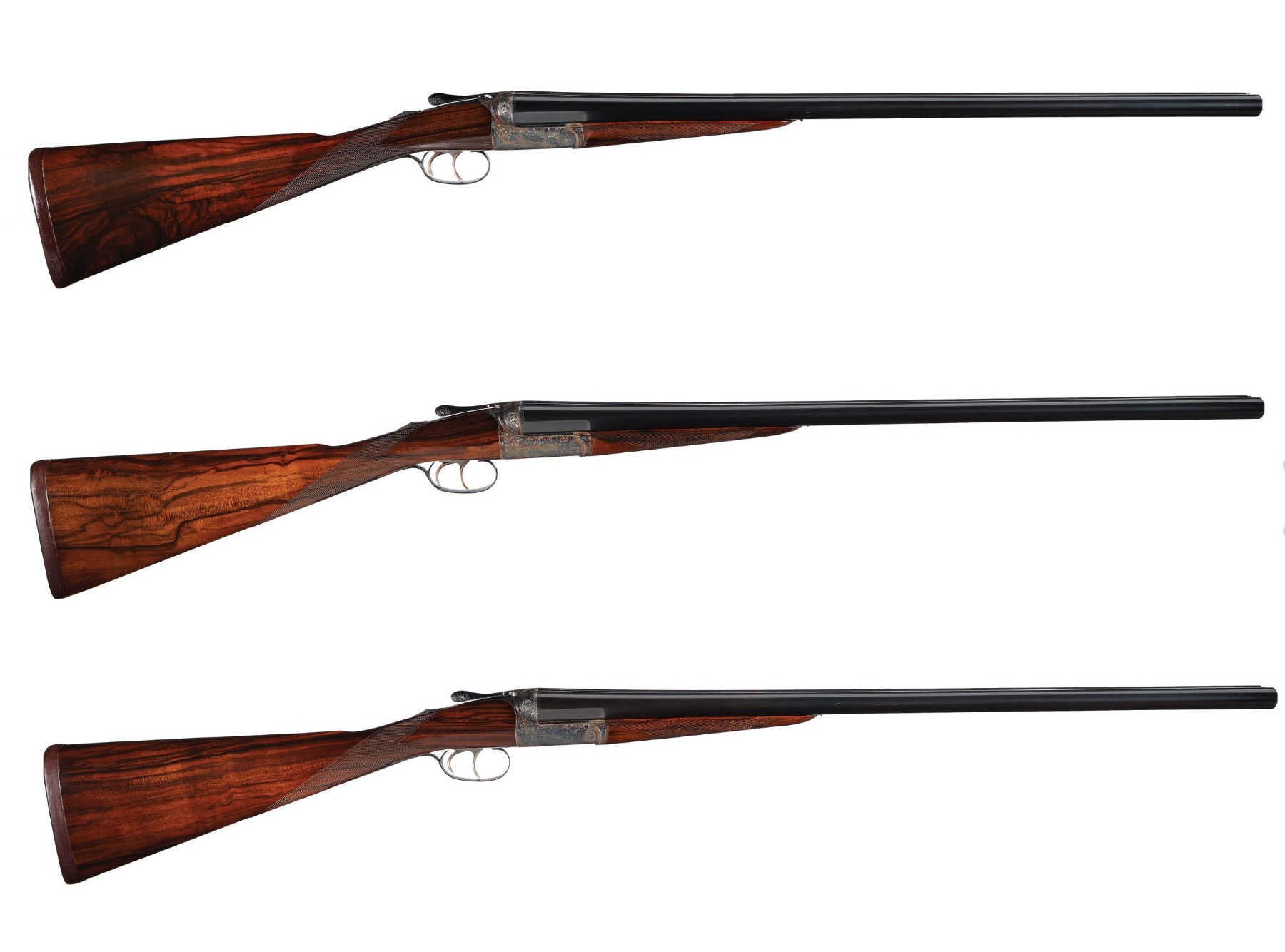
The Second World War came along in 1939 and it changed the world. Of course business during the post-war austerity era 1950’s was very limited, with only 23 round action guns being made, and by the 1960’s the company had all but ceased offering their unique round action guns.
You can find the website for John Dickson and Son if you click here.
David McKay Brown and the Renaissance of the Round Action
David McKay Brown began in the gunmaking trade with an apprenticeship to Alex Martin in Glasgow and then moved to work for John Dickson and Son in Edinburgh.
It was in 1967 that David decided to take the gamble and go out alone and so he established a gun repair business and worked at that, also driving a taxi to get his income up to a level where he could support his family and pay the bills. Among the guns he was skilled in were the Dickson Round Action side-by-sides and John Dickson and Son were sending him these guns for repair.
He had studied engineering in addition to his gunmaking training and had emerged from this dedicated work a knowledgeable and highly skilled gunmaker. With hard work his business came to prosper and, having experience with the Dickson Round Action guns David determined to begin making these guns himself.
The relevant patents had expired freeing David to pursue this project and in 1974 he produced his first Round Action side-by-side gun.
His reputation spread and the orders for his guns began to come in at a rate that caused his business to flourish to the extent that it became one of most successful of the British gunmakers.
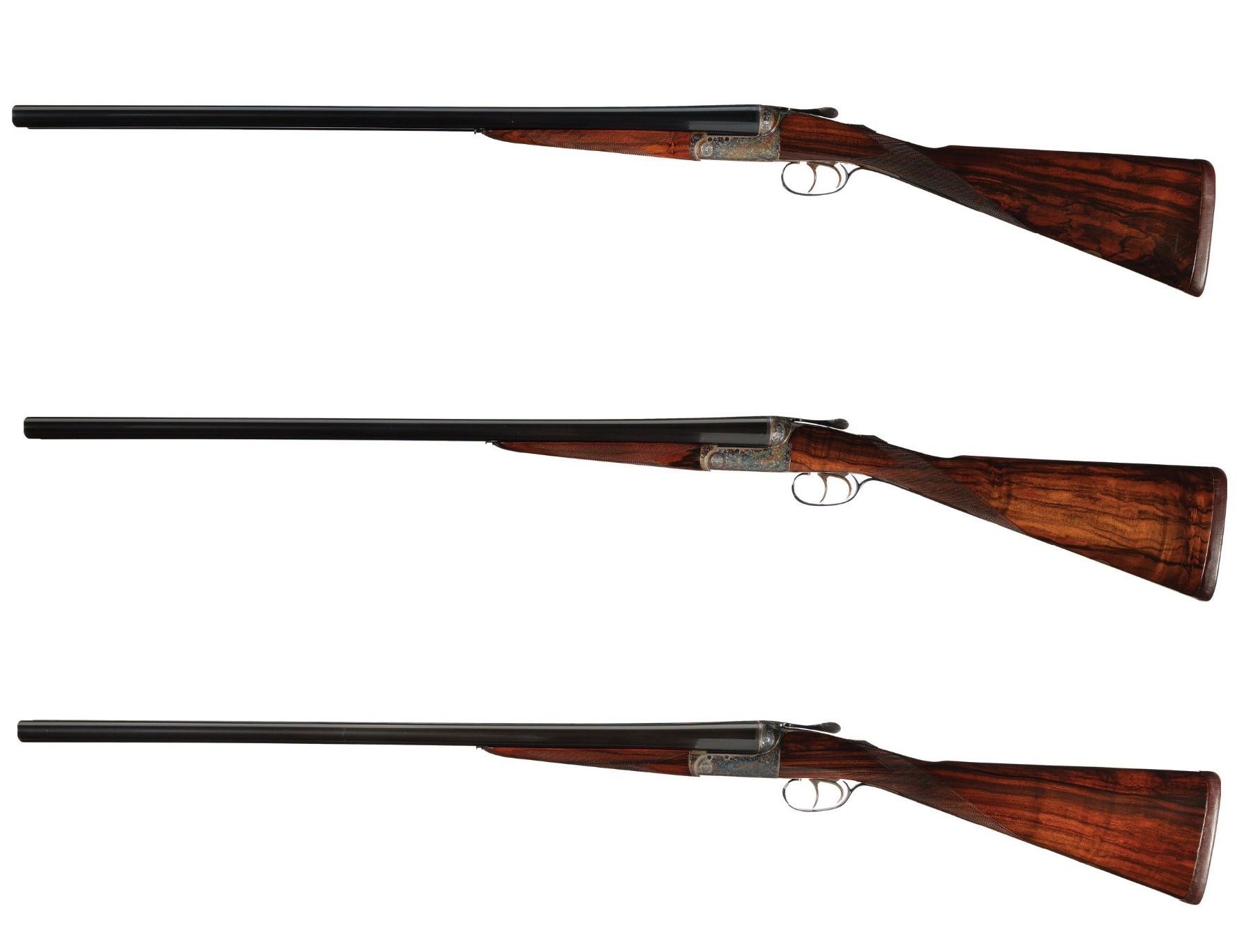
By the 1980’s the over/under shotgun was becoming the dominant style and so David McKay turned his significant knowledge and skills into creating a trigger-plate round action gun in that configuration.
His first of the production over/under trigger-plate guns was created in 1994 and it proved to be highly popular.
In total David McKay made at least 578 Round Action trigger-plate guns in side-by-side and over/under style.
With his retirement at the age of eighty David McKay Brown sold his business to Buchan Guns in 2021 and they continue his legacy making the Round Action side-by-side guns, and more recently are offering double rifles in calibers from 22 Hornet up to the .30″ calibers.
You can find the David McKay Brown website if you click here.
You can find the website for Buchan Guns if you click here.
Set of three David McKay Brown Round Body Guns
A three gun set of David McKay Brown round body side-by-side guns is coming up for sale by Rock Island Auction at their Premier Firearms Auction #4092 to be held August 23-25, 2024, with this three gun set by David McKay Brown to be offered on 25th August.
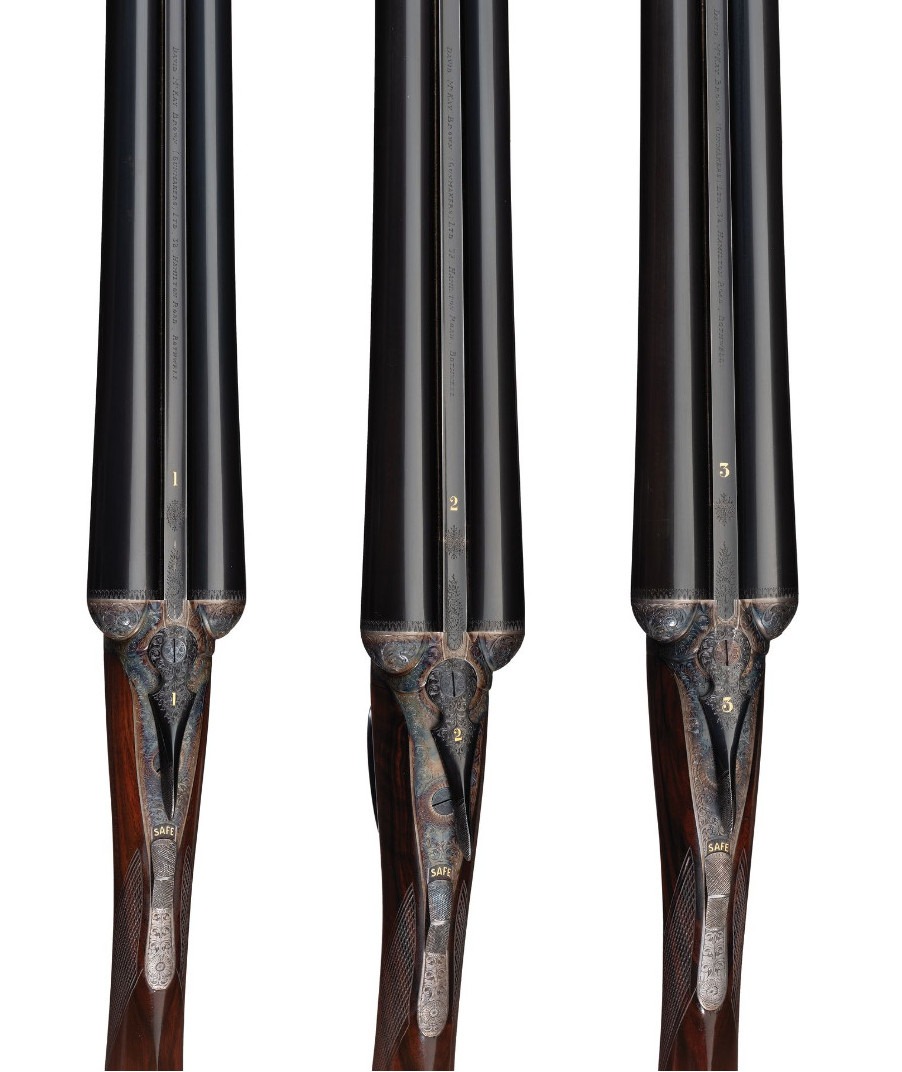
The three guns are all in 12 gauge 2¾ inch chambers with 27 inch solid rib barrels, and are each identified as “1”, “2”, or “3” on the top of their barrels.
Guns “1” and “2” are proofmarked 1990 and gun “3” is proofmarked 1992.
The guns all have automatic safety catches and assisted opening.
The engraving on these guns was done by ex Purdey master engraver Charles Lee, with documentation with the guns supporting this.
This three gun set is in a traditional wood case complete with oil bottle, three turnscrews, and three pairs of snap-caps.
The guns are serial numbered consecutively 7481, 7482, and 7483.
Rock Island Auction describe the condition of these guns as follows:-
“Excellent, retaining 99% original blue and casehardened finishes with minor handling evidence and a few small scratches on the barrels, mainly the left tube. The wood is very fine showing a few light dings and pressure marks as well as sharp checkering. Mechanically excellent.”
Picture Credits: All pictures courtesy Rock Island Auction.

Jon Branch is the founder and senior editor of Revivaler and has written a significant number of articles for various publications including official Buying Guides for eBay, classic car articles for Hagerty, magazine articles for both the Australian Shooters Journal and the Australian Shooter, and he’s a long time contributor to Silodrome.
Jon has done radio, television, magazine and newspaper interviews on various issues, and has traveled extensively, having lived in Britain, Australia, China and Hong Kong. His travels have taken him to Indonesia, Israel, Italy, Japan and a number of other countries. He has studied the Japanese sword arts and has a long history of involvement in the shooting sports, which has included authoring submissions to government on various firearms related issues and assisting in the design and establishment of shooting ranges.


